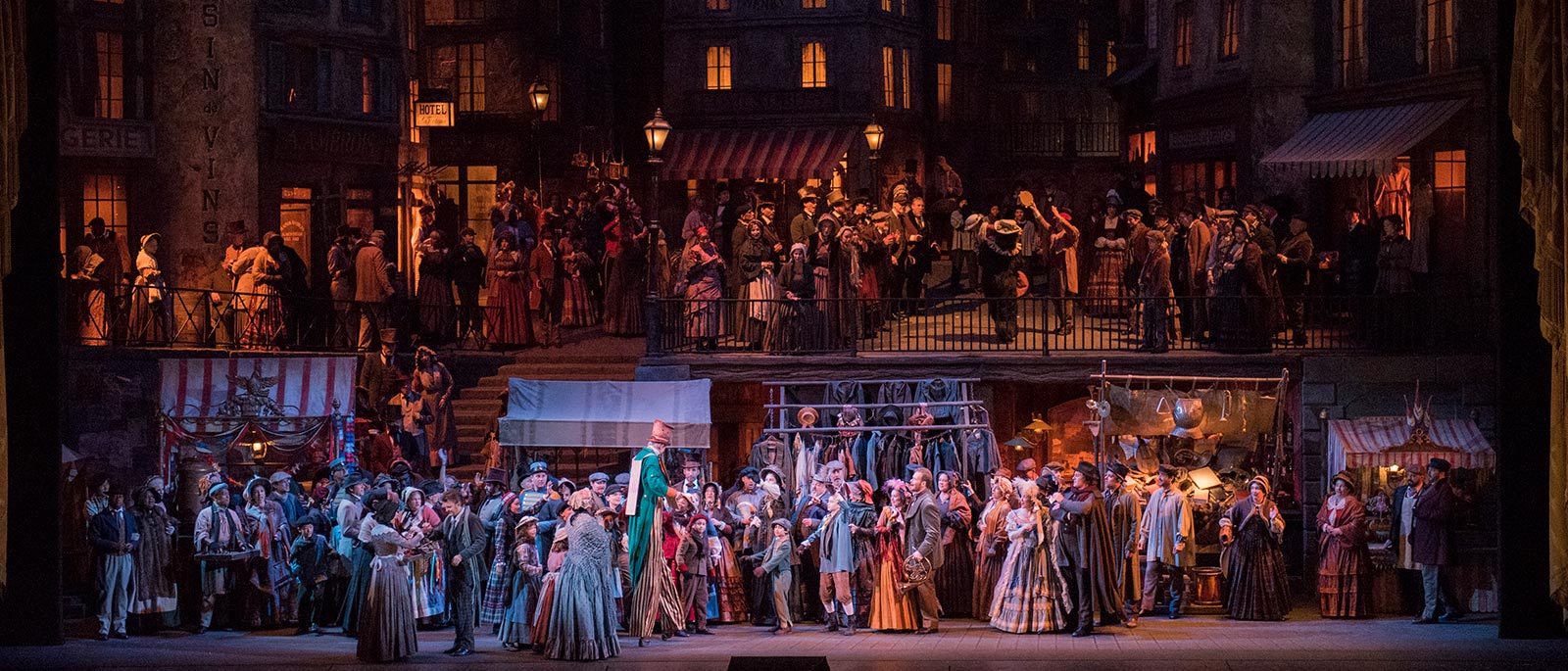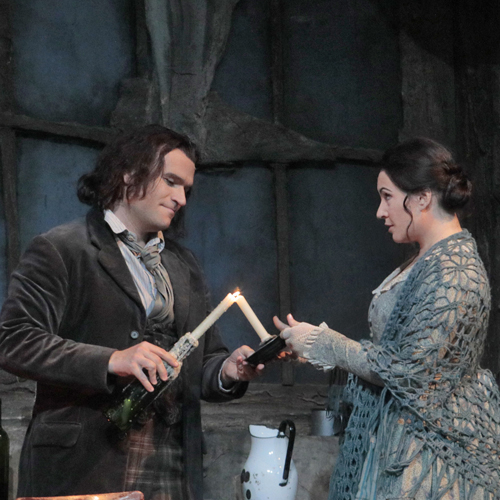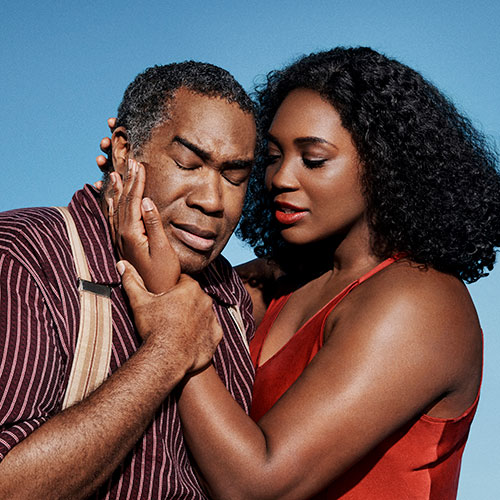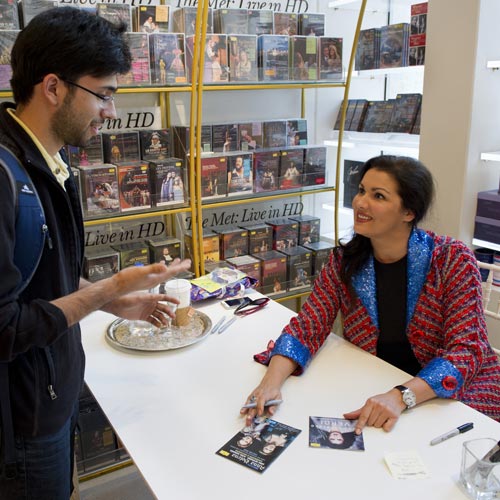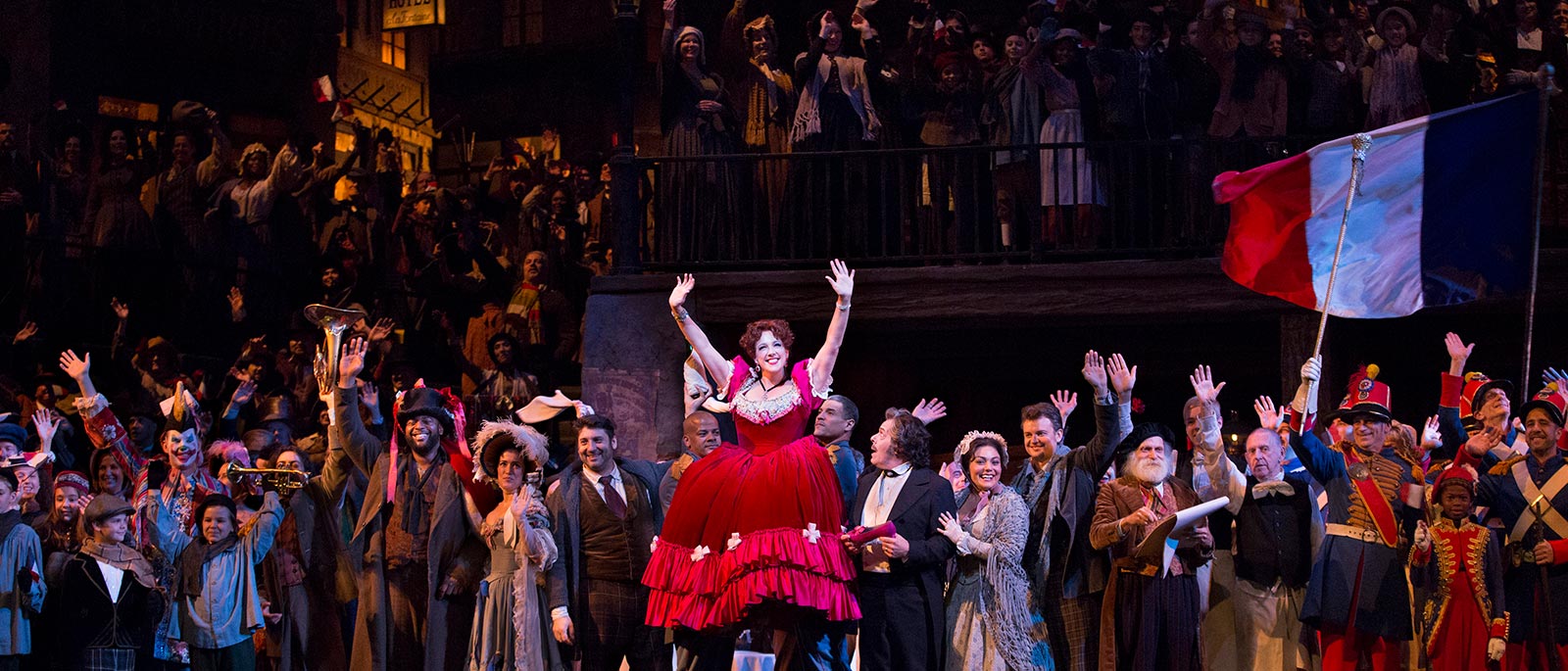
Giacomo Puccini
La Bohème
This production ran: Oct 25 - May 7
This production is in the past.
Overview
All remaining performances in the 2019–20 season have been canceled due to the coronavirus pandemic. Click here to learn more.
Three casts of captivating artists bring Puccini’s classic tragedy of bohemian friends and lovers to life in Franco Zeffirelli’s immortal staging. Tenors Matthew Polenzani, Roberto Alagna, and Joseph Calleja trade off as the exuberant Rodolfo, alongside sopranos Ailyn Pérez, Hei-Kyung Hong, and Maria Agresta as the fragile Mimì. Marco Armiliato and Emmanuel Villaume share conducting duties.
Production a gift of Mrs. Donald D. Harrington
Revival a gift of Rolex
Languages
Languages sung in La Bohème
Sung In
Italian
Titles
Title languages displayed for La Bohème
Met Titles In
- English
- German
- Spanish
- Italian
Timeline
Timeline for the show, La Bohème
Estimated Run Time
3 hrs 5 mins
-
House Opens
-
Acts I & II
65 mins
-
Intermission
35 mins
-
Act III
25 mins
-
Intermission
30 mins
-
Act IV
30 mins
-
Opera Ends
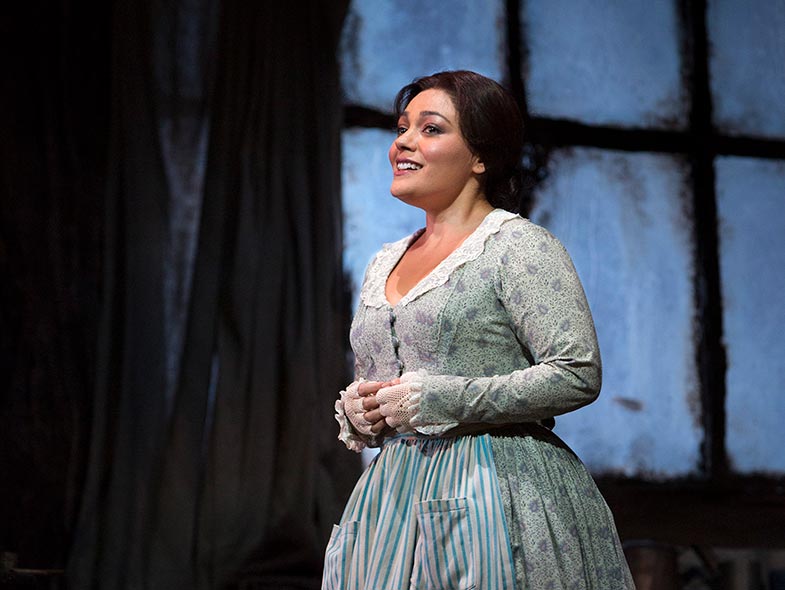
World premiere: Teatro Regio, Turin, 1896. La Bohème, the passionate, timeless, and indelible story of love among young artists in Paris, can stake its claim as the world’s most popular opera. It has a marvelous ability to make a powerful first impression and to reveal unsuspected treasures after dozens of hearings. At first glance, La Bohème is the definitive depiction of the joys and sorrows of love and loss; on closer inspection, it reveals the deep emotional significance hidden in the trivial things—a bonnet, an old overcoat, a chance meeting with a neighbor—that make up our everyday lives.
Creators
Giacomo Puccini (1858–1924) was immensely popular in his own lifetime, and his mature works remain staples in the repertory of most of the world’s opera companies. His librettists for La Bohème, Giuseppe Giacosa (1847–1906) and Luigi Illica (1857–1919), also collaborated with him on his next two operas, Tosca and Madama Butterfly. Giacosa, a dramatist, was responsible for the stories and Illica, a poet, worked primarily on the words themselves.
PRODUCTION
Franco Zeffirelli
SET DESIGNER
Franco Zeffirelli
COSTUME DESIGNER
Peter J. Hall
LIGHTING DESIGNER
Gil Wechsler
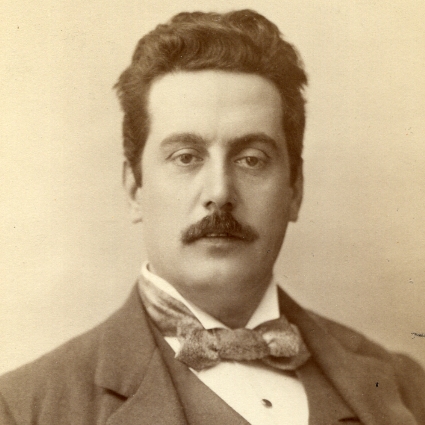
COMPOSER
Giacomo Puccini
Videos
Setting
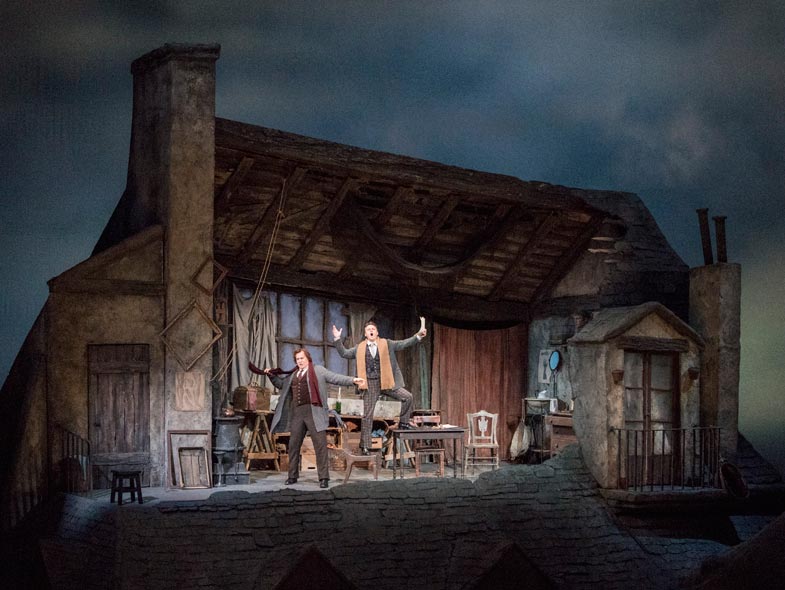
The libretto sets the action in Paris, circa 1830. This is not a random setting, but rather reflects the issues and concerns of a particular time when, following the upheavals of revolution and war, French artists had lost their traditional support base of aristocracy and church. The story centers on self-conscious youth at odds with mainstream society—a Bohemian ambience that is clearly recognizable in any modern urban center. La Bohème captures this ethos in its earliest days.
Articles
Music
Lyrical and touchingly beautiful, the score of La Bohème exerts an immediate emotional pull. Many of its most memorable melodies are built incrementally, with small intervals between the notes that carry the listener with them on their lyrical path. This is a distinct contrast to the grand leaps and dives that earlier operas often depended on for emotional effect. La Bohème’s melodic structure perfectly captures the “small people” (as Puccini called them) of the drama and the details of everyday life.
